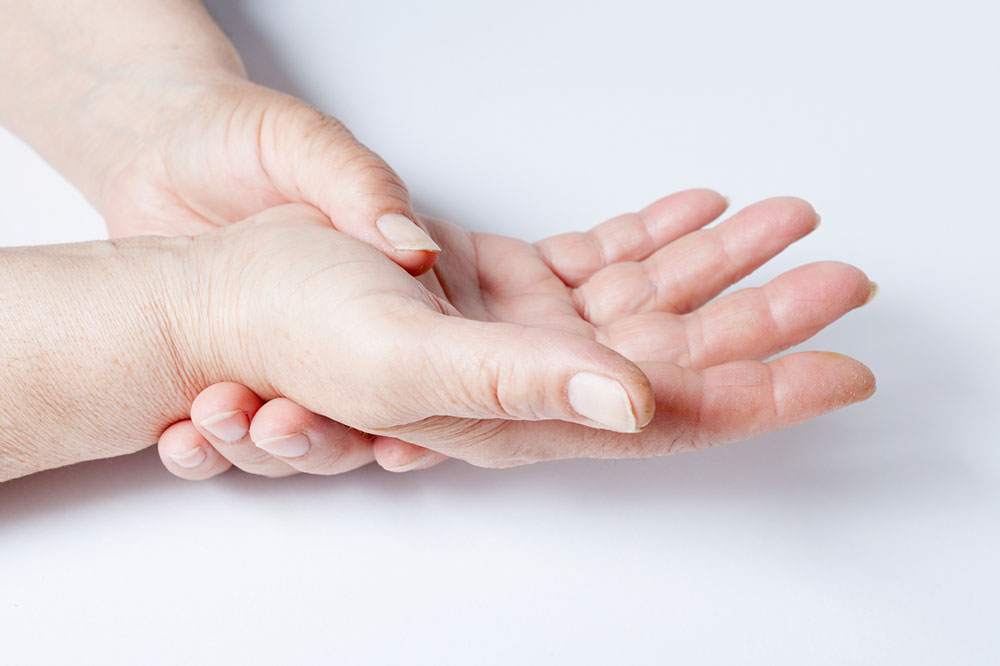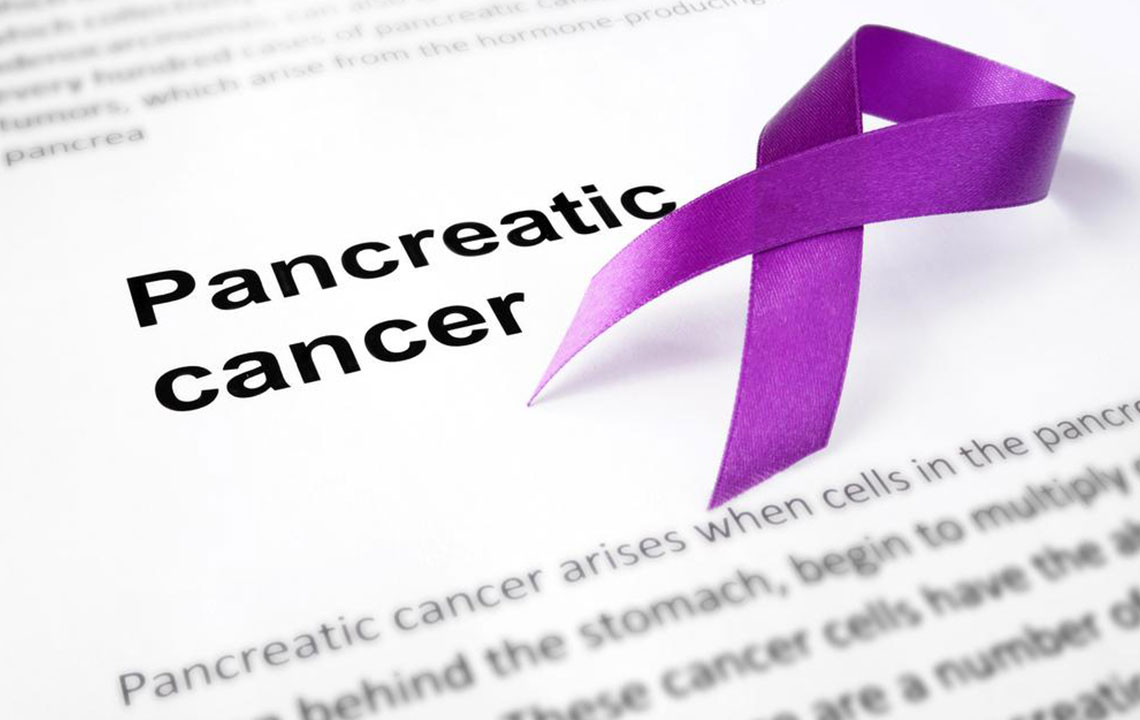Understanding Tenosynovial Giant Cell Tumors: Causes, Types, and Warning Signs
This article provides an overview of tenosynovial giant cell tumors, detailing their types, causes, and symptoms. It explains how these benign tumors develop in joint tissues, their genetic origins, and the signs to watch for for early diagnosis. Understanding these aspects can help in timely treatment and management, ensuring better health outcomes for affected individuals.
Sponsored

Understanding Tenosynovial Giant Cell Tumors: Causes, Types, and Signs
Despite its intimidating name, the tenosynovial giant cell tumor is a benign growth. These uncommon tumors usually develop near joints, posing specific challenges despite not being cancerous. They tend to increase in size over time and may harm nearby tissues. The tumors typically grow in three joint structures:
Synovium - the inner lining of joint surfaces.
Bursae - fluid-filled sacs that protect tendons and muscles from friction.
Tendon sheath - tissue layer surrounding tendons.
Types of tenosynovial giant cell tumors
This classification depends on tumor location and growth rate. Localized tumors tend to develop slowly, often in smaller joints like fingers, known as giant cell tumors of the tendon sheath (D-GCTS). In contrast, diffuse tumors grow rapidly and impact larger joints such as knees, hips, ankles, elbows, or shoulders, called pigmented villonodular synovitis (PVNS). Both types can occur inside (intra-articular) joints, while diffuse tumors may also be outside (extra-articular). Rarely, these tumors can spread to organs like lungs or lymph nodes.
Causes of tenosynovial giant cell tumors
The origin of these tumors lies at the genetic level, specifically a chromosomal translocation, where chromosome segments break and rearrange. While the exact cause of this translocation remains unclear, it’s confirmed to be a key factor. This genetic change leads to excess production of colony-stimulating factor 1 (CSF1), attracting cells with CSF1 receptors, such as macrophages, which then accumulate and form tumors. This condition most commonly affects individuals in their 30s and 40s.
Signs and symptoms
Early detection is vital for effective management. Common symptoms include:
Joint stiffness
Swelling or a noticeable lump over the joint
Pain or tenderness
Warmth around the affected area
Grinding, popping, or catching sensations during joint movement





